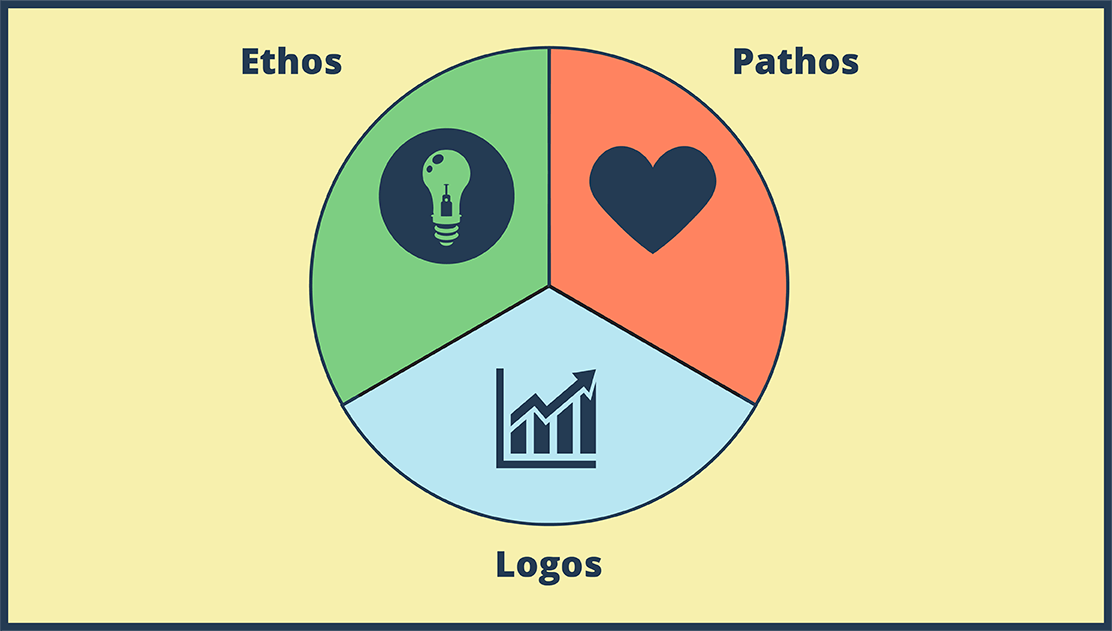How to Use a Protractor

Jūs galite rasti šią storyboard toliau išvardytuose straipsniuose ir išteklių:

Kurkite Įtraukiantį Edukacinį Vaizdinį Elementą: Kaip Pavaizduoti Proceso Schemą
Anos Warfield Pamokos Planai
Instrukcijos ir procesai yra daug lengviau suprantami kartu su vaizdiniais elementais. Kai sukuriame proceso siužetą arba sukuriame nuoseklią diagramą, galime sutelkti dėmesį į atskirus veiksmus, priežastį ir pasekmes bei seką.

Storyboard That Naudojimas Jūsų Matematikos Klasėje
Vaizdinės Priemonės Šiuolaikinei Klasei
„ Storyboard That “ leidžia lengvai įtraukti vaizdinį mokymąsi į matematikos pamoką ir pritaikyti turinį savo mokiniams. Lengvai pritaikomi šablonai leidžia užtikrinti, kad mokiniams pateikiami darbalapiai atitiktų juos ten, kur jie yra, ir iššūkis koncepcijoms, kurias jie vis dar dirba.
'
Peržiūrėkite keletą kitų mūsų edukacinių straipsnių!
Siužetinės Linijos Aprašymas
How to Use a protractor graphic organizer - diagram a process
Siužetinės Linijos Tekstas
- Skaidrė: 1
- GAH! Math is so stupid! It doesn't make any sense!
- Skaidrė: 2
- This protractor thing is impossible!
- Skaidrė: 4
- Make sure the protractor is not backwards! It makes life so much easier if you can read the numbers.
- Skaidrė: 5
- Before we measure, tell me if this is an acute, right, or obtuse angle.
- Skaidrė: 6
-
- Acute?
- It IS acute, so that means it measures less than 90 degrees. We already know the answer is between 0 and 90 degrees!
- Skaidrė: 7
- There are two parts of the protractor to help you get the angle in the right place: 1) an upside-down T at the bottom middle 2) the base line (0 degrees or 180 degrees)
- Skaidrė: 8
- We want to place the protractor on top of the angle so the middle of the T is at the vertex.
- Skaidrė: 9
- Rotate the protractor so the vertex of the angle is still at the T, but one leg of the angle is lined up with the 0 degree line.
- Skaidrė: 10
- The line doesn't reach the numbers!
- That's OK. Don't you remember that definition about angles? Two RAYS with the same endpoint? Rays go on forever, so we can just extend the legs of the angle.
- Skaidrė: 11
- The legs of the angle are extended, so we just need to read the numbers. Our options are 140 degrees or 40 degrees. Which is it?
- Skaidrė: 12
- Acute angle! 40 degrees! Take that MATH!
- Skaidrė: 0
- I will show you how to use it. Well, step 1...
- Maybe I can help.
Sukurta daugiau nei 30 milijonų siužetinių lentelių
Nereikia Atsisiuntimų, Nereikia Kredito Kortelės ir Nereikia Prisijungti!



